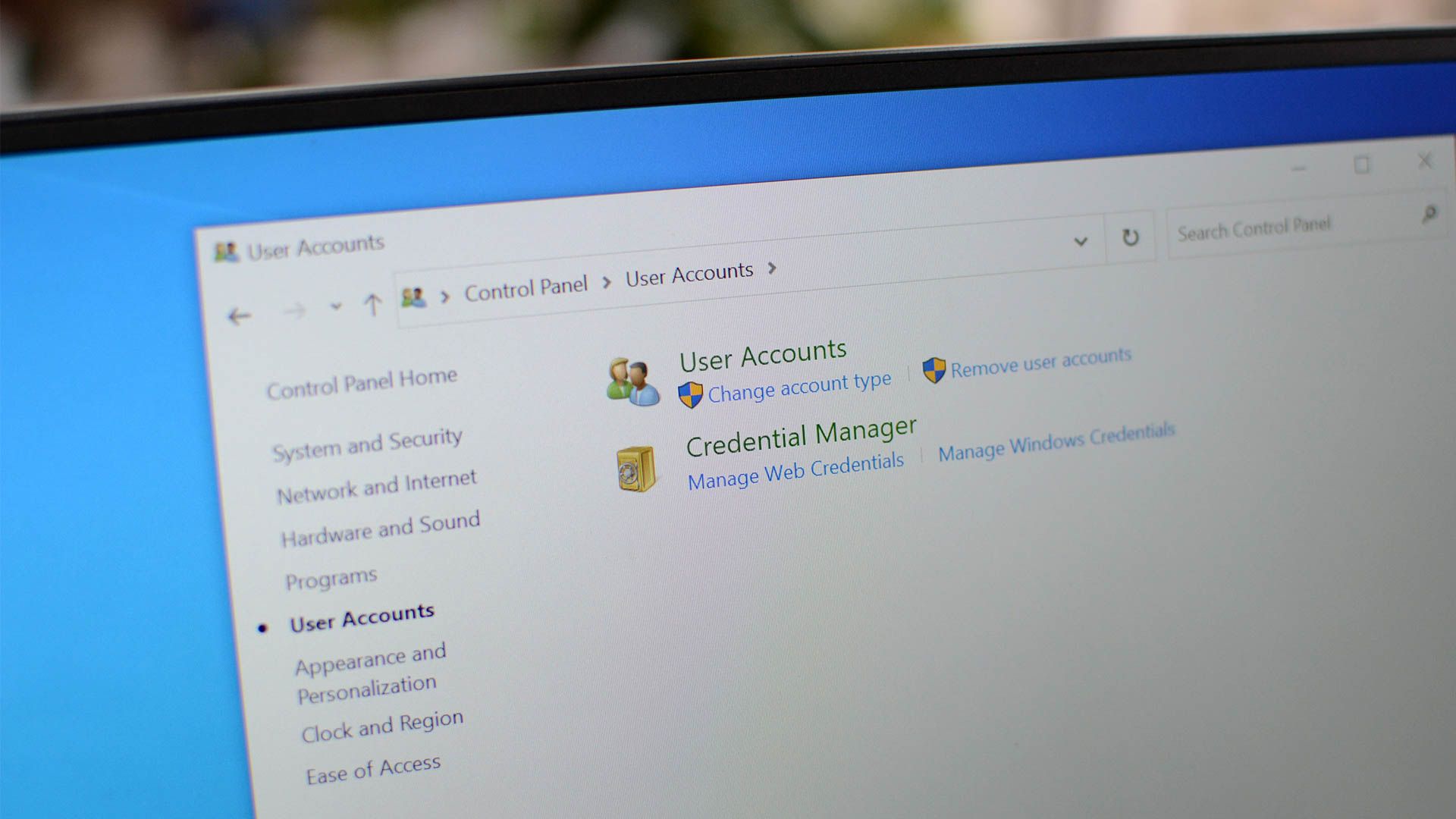Quick Links
Key Takeaways
- UAC helps protect your computer by limiting the privileges of applications, preventing them from making unauthorized system changes.
- UAC prevents applications from being installed without your direct permission
- While UAC may seem annoying during initial setup, it has become more refined and less intrusive in newer versions of Windows, making it a valuable security feature.
User Account Control (UAC) is an important security feature in the latest versions of Windows. You may be tempted to disable it, but you shouldn't — here's why.
This Cybersecurity Awareness Week article is brought to you in association with Incogni.
Why was User Account Control (UAC) Necessary?
Historically, Windows users used administrator accounts for day-to-day computer activities. In Windows XP you could create a standard user account, with fewer permissions for day-to-day use, but almost no one did, and that is still the case with Windows 10 and Windows 11 today. The user account you create while installing Windows is an administrator account by default. While using a standard user account was possible, many applications wouldn't run properly in one. Windows applications generally assumed they had administrator privileges.
This was bad. Running every single application on your computer as administrator is a large security vulnerability. Malicious applications could change important system settings behind your back. Security holes in applications (even applications built into Windows) could allow malware to take over the entire computer.
Using a standard user account was also more complex. Instead of having a single user account, you'd have two user accounts. To run an application with maximum privileges (for example, to install a new program on your system), you'd have to right-click its EXE file and select Run as Administrator. Once you clicked this, you'd have to type the Administrator account's password — a completely separate password from your main, Standard user account.
This is where User Account Control (UAC) comes in.
What Does User Account Control Do?
User Account Control helps fix the security problems inherent to always using an administrator account. Users can use administrator accounts for day-to-day computing, but all applications running under the administrator account don't normally run with full administrator access. For example, when using UAC, web browsers don't run with administrator privileges — this helps protect you from vulnerabilities in your browser and other applications.
The only price you pay for using UAC is seeing an occasional box that you have to click Yes to (or click No if you weren't expecting a prompt.) This is easier than using a standard user account — you don't have to manually launch applications as administrator, they'll just present a UAC prompt when they require administrator access. You don't have to type a password, either — just click a button. The UAC dialog is presented on a special, secure desktop that programs can't access, which is why the screen appears grayed out when a UAC prompt appears.
UAC Makes Using a Less-Privileged Account More Convenient
UAC also has some tricks up its sleeve that you may not be aware of. For example, some applications could never run under standard user accounts because they wanted to write files to the Program Files folder, which is a protected location. UAC detects this and provides a virtualized folder when an application wants to write to its Program Files folder, it actually writes to a special folder located in your User folder instead. UAC fools the application into thinking it's writing to Program Files, allowing it to run without administrator privileges.
Other tweaks made when UAC was introduced also make it more convenient to use a computer without administrator privileges. For example, standard user accounts are allowed to change power settings, modify the time zone, and perform some other system tasks with no prompts. Previously, only administrator user accounts could make these changes.
UAC Isn't As Annoying As It Seems
In spite of all this, there are many people who now disable UAC as a reflex, without thinking about the implications. However, if you tried UAC when Windows Vista was new and applications weren't prepared for it, you'll find that it's a lot less annoying to use today.
- UAC Is More Polished In Windows 10 and Windows 11 — Windows 7 introduced a more refined UAC system with fewer UAC prompts than Windows Vista had, and those improvements have carried through to Windows 10 and 11.
- Applications Have Become More Compatible — Application developers no longer assume their applications have full administrator privileges. You won't see as many UAC prompts in day-to-day use. (In fact, you may not see any UAC prompts in day-to-day computer use if you use well-designed software — only when installing new applications and modifying system settings.)
- UAC Is Most Annoying When Setting Up a Computer — When you install Windows or get a new computer, UAC seems worse than it actually is. When you're installing all your favorite applications and tweaking Windows settings, you're bound to see UAC prompt after UAC prompt. You may be tempted to disable UAC at this stage, but don't worry — UAC won't prompt you anywhere near as much when you're done setting up your computer.
Is UAC Necessary?
No, UAC is not strictly necessary. You can completely disable UAC if you want and everything will work, you just won't be as likely to notice malicious software meddling with your PC. In many ways, UAC fills a very similar role to sudo on Linux, though you don't have to enter a password. And you wouldn't normally log in as root, would you?
